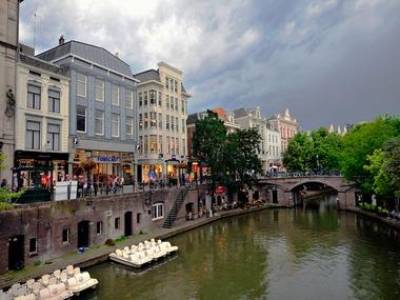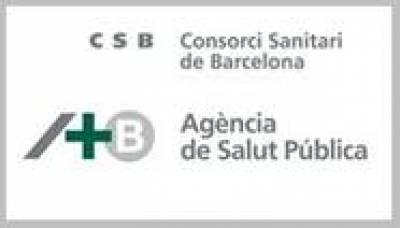
Amsterdam is the capital of the Netherlands, located in the province of North Holland in the Western Netherlands, roughly 25 km from the North Sea. Amsterdam spans an area of 165.9 km squared and with a 2005 population of 742,783 (Men 366,155 l Women 376,628), it is the largest city in the Netherlands. Amsterdam has a population density of 4,439 persons per km squared and is located in the Randstad, the most densely populated area of the country.
Amsterdam has a long history of immigration and 48.3% of the city's inhabitants were immigrants as of 2005, a figure that has since increased. The immigrant population is far higher than in any other city shown in the INEQ-CITIES Atlas (with the exception of neighbouring Rotterdam that has a similar high immigrant population). Amsterdam is a hub for both international tourism and finance. This is reflected in labour market statistics: Of the 72% of inhabitants in active employment, 94.9% are engaged in service roles, 4.9% in industry, and only 0.2% in primary occupations (e.g., farming, fishing, and mining).
- City Profile
-
Amsterdam has a specific demographic profile, defined by a high participation in the labour market and a large immigrant population. Demographic figures for Amsterdam in 2001 from the Centraal Bureau voor de Statistiek Statline and Gemeente Amsterdam: Dienst Onderzoek en Statistiek are shown below:
- Population aged 0 - 14: 16.1%
- Population aged 65 and older: 11.3%
- Population aged 16 - 64 in the labour market: 72.0%
- Unemployment: 13.3%
- Immigrant population: 48.3%
- Methods
-
Socio-economic and mortality analyses were conducted at a small area-level within each city. The maps of Amsterdam represent 94 Buurts (Neighbourhoods) or small areas. 2001 data from the Centraal Bureau voor der Statistiek was used to obtain the population size per Buurt.
As the population size per small area was not available following 2001, the population figures from 2001 were multiplied by nine to represent the total number of years included in the study period (2000 - 2008). It is worth noting that the Census in Amsterdam is based on a population sample rather than a measure of the entire population. Some Buurts, therefore, had small sample sizes. Buurts with five or less cases (by sex for any indicator) were excluded from the analysis and are shown in stripes on the Atlas maps. The INEQ-CITIES research of Amsterdam is based on these figures.
The table below shows the estimated population size per Buurt by first, second (median) and third quartiles, based on 2001 figures from the Centraal Bureau voor der Statistiek.
Population Size per Small Area, Amsterdam Men Women First Quartile
1,630 1,674 Median
3,768 3,826 Third Quartile
5,551 5,766 - Socio-Economic Indicator Maps
-
Social inequalities were examined using markers of deprivation to assess geographical segregation according to socio-economic characteristics. Find out more about socio-economic inequalities within Amsterdam by viewing area-level maps of Socio-Economic Indicators of:
- Mortality Maps
-
Mortality ratios were examined for all-cause mortality and disease-specific mortality, separately for men and women. Find out more about health inequalities within Amsterdam by viewing area-level maps of:
- Resources
-
For further information about health inequality and the INEQ-CITIES research conducted in Amsterdam, please go to:

 Close
Close





